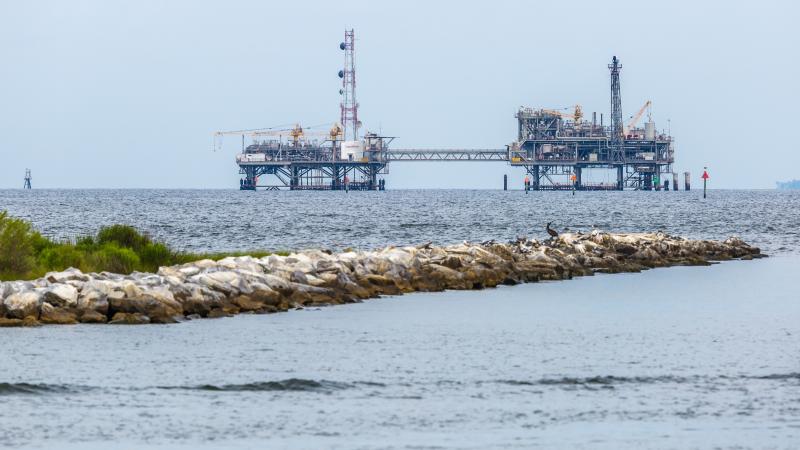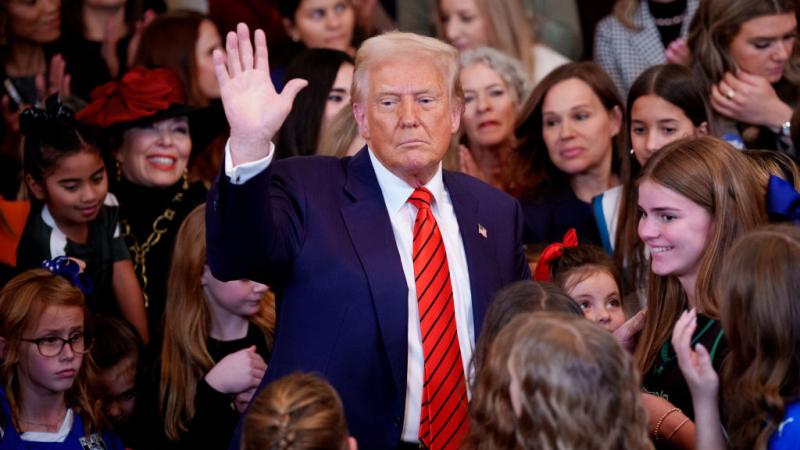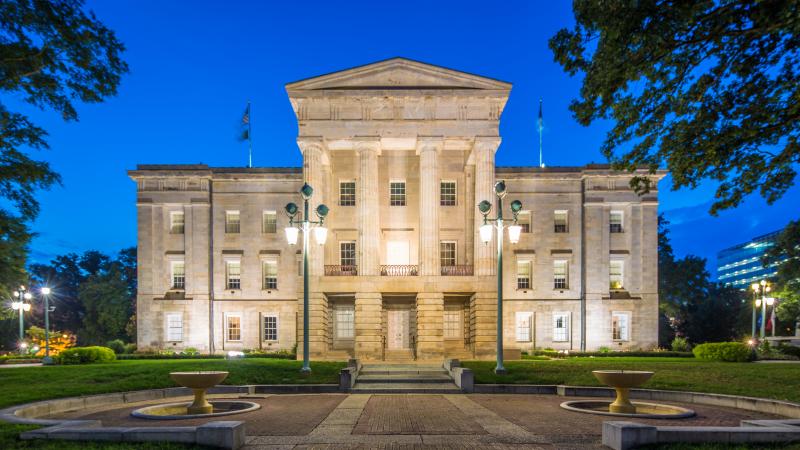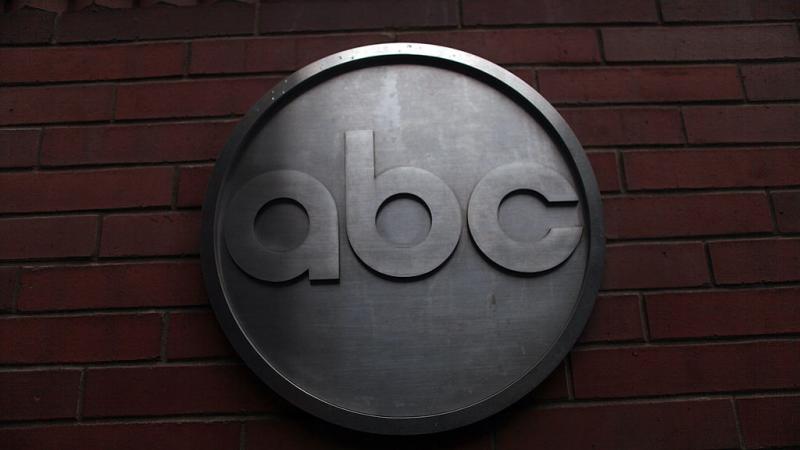Blue states with net-zero emissions goals consider nuclear as hopes for 100% wind and solar fade
It appears that the New York, California and Michigan are coming to grips with the reality that intermittent wind and solar backed up by short-duration, expensive grid-scale batteries won’t be enough to supply the power needs of the states. Dependence on AI is placing even more demands on the grid.
New York Gov. Kathy Hochul (D), Monday directed the New York Power Authority (NYPA) to develop and construct a nuclear power plant of not less than one gigawatt. The new plant was needed, Hochul said in her announcement, in order “to support a reliable and affordable electric grid, while providing the necessary zero-emission electricity to achieve a clean energy economy.”
It was a surprising announcement for a state that closed and dismantled the Indian Point nuclear power plant only five years ago. The consideration of nuclear in the energy mix is part of a pattern seen in other blue states committed to eliminating electricity generated from fossil fuels. California has now delayed the closure of its only nuclear power plant, and Michigan is looking to restart a previously shuttered nuclear power plant.
In all three cases, it appears that the states are coming to grips with the reality that intermittent wind and solar backed up by short-duration, expensive grid-scale batteries won’t be enough to supply the power needs of the state, especially as AI places more demands on the grid. Still clinging to the hope of a fossil fuel-free grid, these states are looking to nuclear as a more politically tenable option.
Dispatchable emissions-free resources
The year before New York closed the Indian Point nuclear power plant, the state had signed into law a plan to reduce its emissions by 85% below 1990 levels. The plan calls for the state to rely on wind, solar and batteries, primarily. It also called for the closure of 20 gigawatts of dispatchable natural-gas-fired power plants.
While the original plan made no mention of nuclear power, the scoping plan developed in 2023, which laid out a theoretical pathway to achieve the goals the Climate Act set forth in 2019, made numerous mentions of nuclear, though with a limited commitment.
“Nuclear power generation is a complex technology with potential impacts on host communities as well as questions relating to the impacts of nuclear waste on health and the environment. Yet at the same time, nuclear generation provides a significant amount of baseload resources and is zero-emission,” the scoping plan states.
The 20 gigawatts of shuttered natural gas plants were to be replaced with what the plan called dispatchable emissions-free resources (DEFR), pronounced Dee-fer. Exactly what these would be was never clearly defined.
Long ways off
The total drop in nuclear power output in New York in the five years after the Indian Point nuclear power plant was shuttered was 17.7 terawatt hours — enough electricity to power approximately 328,000 homes for that period. Meanwhile, electricity generated from fossil fuels, primarily natural gas, increased by 15.4 terawatt hours. So, the Indian Point closure pushed the state’s emissions up.
When Indian Point was closed, the National Resources Defense Council crowed in 2021 about the plant's closing, saying "clean energy is here to stay." That may be true, but the clean energy they predicted for the future may depend on nuclear reactors. While Hochul appears to be pushing back against anti-nuclear opposition, using nuclear power to provide New York with its undefined DEFRs requires timelines that exceed the state’s deadlines for zero emissions.
Francis Menton, a free-market proponent who had a career in law spanning more than 40 years, points out on his “Manhattan Contrarian” blog that, while nuclear power is the only plausible DEFR in existence, a one-gigawatt nuclear power plant would be a drop in the bucket for what the state needs to replace all the dispatchable natural gas-powered generation it plans to shut down.
The governor’s announcement also provides no timeline for any steps in what could be a very lengthy process. It’s unclear how long the feasibility study that Hochul is directing NYPA to produce will take, but the financial feasibility and siting will need to be completed before the permitting can begin.
The permitting process for the new units at Georgia’s Vogtle Nuclear Power Plant — each of which was about one gigawatt — was initiated in August 2006. Construction on the first unit — Unit 3 — wouldn’t begin until 2013. It was another 10 years before Unit 3 was operational. Unit 4 entered service the following year, and both new units combined provide about 2.2 gigawatts of power.
Many of New York’s nuclear energy opponents that pushed for the shutdown of Indian Point haven’t likely reconsidered their positions and will fight any new plants fiercely, using litigation to delay the project as long as possible. The timelines for Hochul’s proposed nuclear power plant could rival those of Vogtle, but should they be on par, it will be 2050 at the earliest before New York has a new nuclear power plant, if it ever does.
California dreaming
California had hoped to power its grid with nuclear energy, but in the summer of 2020, Californians ran too much air conditioning for the state’s fragile grid to handle and utilities had to execute rolling blackouts to keep the grid from collapsing.
California’s only operating nuclear power plant, the Diablo Canyon Power Plant, was slated to be shut down this year. Facing a strained electricity supply that couldn’t meet peak demand, California Democratic Gov. Gavin Newsom brokered a deal with the state legislature in 2022 to keep the plant running for another 20 years. With AI computing placing more demands on the grid, there’s even more need to keep the plant running.
Rather than defend nuclear energy as a needed source of affordable, reliable energy, Newsom blamed climate change.
“Amid intensifying climate impacts in the West and across the country, California is focused on meeting our bold climate and clean energy goals while tackling the challenges of extreme weather that puts lives at risk and strains our grid,” Newsom said in a statement after signing the measure allocating money for the plant to be kept open.
While Newsom wasn’t willing to acknowledge that an overreliance on renewable energy may have anything to do with the state’s inability to meet electricity demand, he managed to keep Diablo Canyon alive for a couple more decades.
Restarting Michigan
In 2020, Michigan Democratic Gov. Gretchen Whitmer signed an executive order committing the state to “building a carbon-neutral Michigan.” Then in 2023, Whitmer signed into law a package of bills aiming to make the state’s entire economy free of carbon emissions by 2050. This includes an aggressive goal of 100% “clean” electricity generation by 2040. This mix of “clean” energy will be 60% renewable, and then the rest can include nuclear, as well as natural gas generation, so long as it implements 90% carbon capture, which EPA models say doesn’t actually work.
The 2020 order mandated that the state produce climate plans every year to track its progress to net-zero emissions, and these show the evolution of Michigan’s climate planners’ thinking about nuclear power since the order was signed.
In 2022, the annual report made only one mention of nuclear energy, referring to existing power plants. The following year, the report noted $150 million in funding to restart the Palisades Nuclear Facility, which was shut down in 2022, and in 2024, the annual report noted California received $1.5 billion from the Department of Energy Loans Program Office to help with the reopening, as well as another $1.3 billion from the Department of Agriculture’s Empower Rural America program.
“These investments will support Palisades in becoming the first successfully restarted nuclear power plant in American history, providing clean, reliable energy for 800,000 homes, and protecting 600 jobs,” the report boasted.
Wind and solar power may be left behind
The prospects of powering a grid solely on wind, solar and batteries were fairly dim in 2020, but as AI computing continues to grow and place more demands on the grid, nuclear is being gradually ushered into net-zero plans.
Ironically, Stewart Brand, the creator of The Whole Earth Catalog and widely considered to be one of the fathers of the environmental movement, told The Guardian almost ten years ago that he supports nuclear power as "very green" and, among other things, said "I'm so strongly for it now that even if climate change wasn't an issue, I'd still be pushing it."
According to Influence Watch, there are over 700 well-funded groups opposed to nuclear operations in the United States. Whether they will mount a successful offensive against the rising tide of nuclear support remains to be seen, but for now, even the bluest of states are giving nuclear serious reconsideration.
The Facts Inside Our Reporter's Notebook
Links
- develop and construct a nuclear power plant
- short-duration, expensive grid-scale batteries
- signed into law a plan
- scoping plan
- was never clearly defined
- increased by 15.4 terawatt hours
- Manhattan Contrarian
- Vogtle Nuclear Power Plant
- initiated in August 2006
- begin until 2013
- Unit 4 entered service the following year
- execute rolling blackouts
- Diablo Canyon Power Plant
- brokered a deal with the state legislature in 2022
- Newsom said in a statement
- overreliance on renewable energy
- signed an executive order
- aggressive goal of 100% âcleanâ electricity generation by 2040
- EPA models say doesnât actually work
- annual report made one mention of nuclear energy
- following year
- which was shut down in 2022
- in 2024
- Empower Rural America
- 700 well-funded groups
- The Whole Earth Catalog
- told The Guardian













